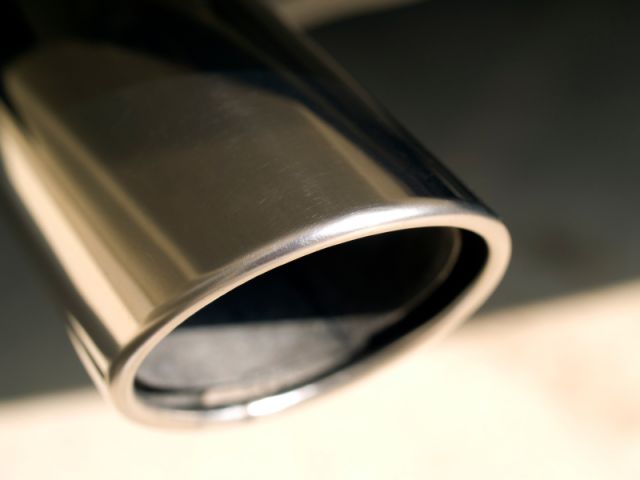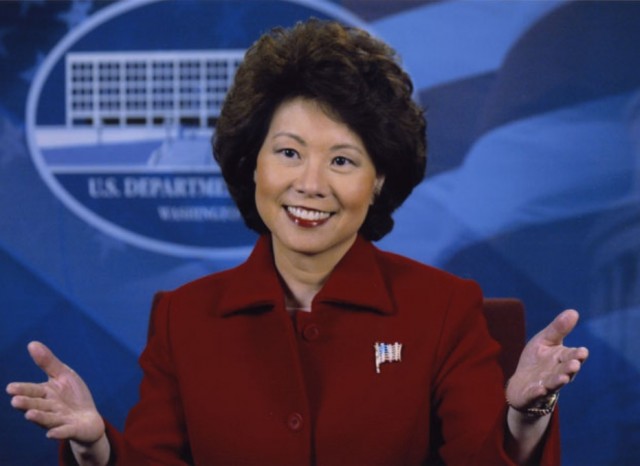8 things you should know about EPA plan to let cars emit more (cutting fuel economy as well)
EPA administrator Scott Pruitt said yesterday the agency plans to modify rules limiting carbon-dioxide emissions for light-duty vehicles in model years 2022 through 2025.
The agency, he said, had reached a determination that the limits put in place in 2012 under the Obama administration were “not appropriate and should be revised."
The standards it had set—agreed to in 2012 by virtually every automaker, the EPA and NHTSA, and the powerful California Air Resources Board—were "too high," he said.
DON'T MISS: EPA staffers told how to downplay climate change in leaked memo
Automakers had requested the standards be modified or delayed to account for increased sales of less-efficient utility vehicles and trucks, which continue to displace passenger cars in U.S. vehicle sales.
Pruitt gave no indication of what new rules would be proposed, saying only that the EPA (which issues rules on tailpipe emissions) will launch a new rulemaking process and work with the NHTSA (which regulates fuel economy) to develop a single set of national standards.
He was scheduled to do a public announcement Tuesday morning at Pohanka Chevrolet in Virginia, a dealership run by Geoff Pohanka, an outspoken climate-science denier who (until Tuesday evening) operated a website dedicated to the proposition that the earth is in fact cooling.
That event was abruptly canceled Monday, with varying reasons given.
Some reports indicated EPA staff were anxious about the possibility of protests, while The New York Times attributed the cancellation to pressure from Chevrolet dealers who didn't want their brand associated with the rollback.
The event was ultimately held at EPA headquarters in the Rachel Carson Green Room, ironically named after the famed environmental activist who drew attention to the damage wrought by the insecticide DDT.
CHECK OUT: EPA to ease emission limits, reports say, setting up clash with California
Pruitt took no questions from the press after he read his statement.
After going through more than a dozen news stories on the announcement, along with twice that number of press releases from activist groups on both sides, here's our summary of what we think you should know.
(1) Nothing has changed, yet.
All Pruitt has done so far is announced that the agency doesn't think its current standards are appropriate. That kicks off a lengthy and detailed process of investigation and rulemaking that will take quite some time.
Meanwhile, emission limits for the 2019, 2020, and 2021 model years continue unchanged. Automakers have already invested tens or hundreds of millions of dollars into vehicle designs, tooling, and equipment to meet those standards.
And even for the 2022-2025 standards, neither Pruitt nor Trump can get standards changed without going through hearings, rulemaking, public comment, and so forth.
As The New York Times noted in a late March news story on the EPA's anticipated revisions:
Even at the federal level, the president’s announcement alone will not be enough to immediately roll back emissions standards, a process expected to take more than a year of legal and regulatory reviews by the E.P.A. and the Transportation Department.
The Trump administration would then need to propose its own replacement fuel-economy standards.
(2) The EPA and NHTSA will work together to loosen and revise rules
President Trump appointed both EPA administrator Scott Pruitt and Secretary of Transportation Elaine Chao.
Chao and her staff are reported to be working with the EPA to ensure that corporate average fuel-economy rules for 2022-2025 light vehicles are loosened in concert with the EPA emission limits.
The two agencies have to coordinate their rulemaking because CO2 emitted is directly proportional to fuel consumed, so CAFE and emission limits must be aligned to avoid automakers having to deal with inconsistent rules applying to the same fuel use.

![EPA administrator Scott Pruitt [photo from 2014] EPA administrator Scott Pruitt [photo from 2014]](https://images.hgmsites.net/med/oklahoma-attorney-general-scott-pruitt-2014_100584650_m.jpg)
![The White House, Washington, D.C. [Creative Commons license by dcjohn] The White House, Washington, D.C. [Creative Commons license by dcjohn]](https://images.hgmsites.net/med/white-house_100170583_m.jpg)

Email This Page